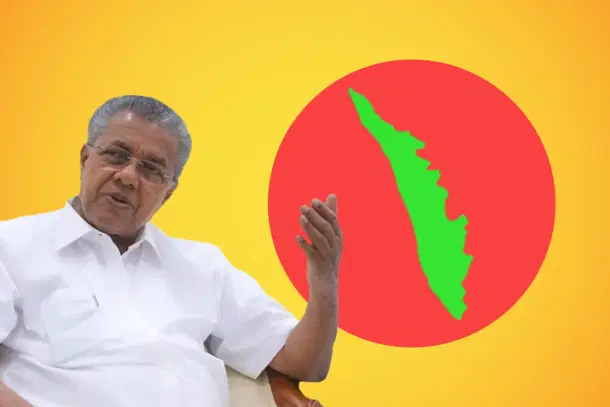Kerala
Kerala Budget: LDF Government Goes For All Round Hike To Get Whatever Revenue It Can
S Rajesh
Feb 05, 2024, 08:29 PM | Updated Feb 06, 2024, 03:04 PM IST
Save & read from anywhere!
Bookmark stories for easy access on any device or the Swarajya app.


Finance Minister K N Balagopal today (5 February) presented the Kerala budget for 2024-25. The budget was watched keenly because the state had recently moved the Supreme Court against the Centre saying that it was depriving the state of funds by putting a cap on its borrowings.
Hidden behind some of the big announcements like eradication of extreme poverty by 2025 and the plan to have an 'assured' pension system instead of the New Pension Scheme, the major takeaway from the budget was that the state government decided to go for hikes in multiple spheres—stamp duty, electricity duties, gallonage charge in liquor, court fees etc. in order to mop up whatever little revenue it can.
The approach has been the same as last year, when the state government was accused of going for hikes across the board.
While the increase in the charge for liquor by Rs 10 per litre is estimated to give the government an additional Rs 200 crore, the increase in electricity duty would get the government an additional Rs 24 crore and the hike in court fees would result in an additional Rs 50 crore. These are amounts that do not amount to much when seen at the scale of a government.
Also to be kept in mind is that when tax rates and duties cross an optimum level, chances of people under-reporting the value of transactions or evading them altogether increases, which could then backfire for the government and result in a loss of revenue, instead of the increase that it had aimed for.
The deficit numbers are also high—a fiscal deficit of 3.4 per cent and a revenue deficit of 2.12 per cent of the GSDP respectively.
While the fiscal deficit has come down by 0.1 per cent from what was stated last year, it is still bordering the limit of 3.5 per cent that has been set for states and if not managed well, could very well cross it.
A high revenue deficit is also an indicator of poor finances as it means that its revenue receipts are not enough to meet the non-asset creating expenditures like pensions, salaries and interest payments.
Therefore, while it is to be seen as to how these measures will play out, what is for sure is that the common Keralite will have to bear the brunt of the high levels of debt that the state. And given the LDF government’s not so investor friendly image, it does not look like the situation would improve anytime soon.
S Rajesh is Staff Writer at Swarajya. He tweets @rajesh_srn.





